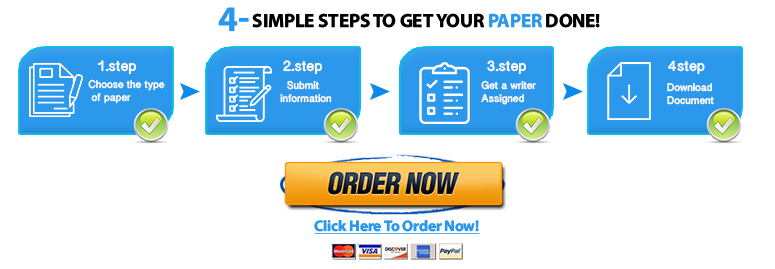Linear Programming
Task 7: Solving the LP formulated using the parameters estimated.
Save your time - order a paper!
Get your paper written from scratch within the tight deadline. Our service is a reliable solution to all your troubles. Place an order on any task and we will take care of it. You won’t have to worry about the quality and deadlines
Order Paper NowRecall that the LP formulated in task 1 was:
Objective function:
Constraints:
Demand for :
Demand for :
Demand for :
Demand for :
Demand for :
Machining time constraint:
Assembly time constraint:
Finishing time constraint:
All decision variables are non-negative.
We shall use the following parameter estimates (obtained in tasks 2-6):
| P1 | P2 | P3 | P4 | P5 | |
| demand (number of units required) for product . | 10000 | 12000 | 9000 | 15000 | 16000 |
| cost for producing each unit of in a regular run. | $50 | $70 | $38 | $98 | $110 |
| cost for producing each unit of in a special run. | $80 | $90 | $66 | $136 | $140 |
| machining time (minutes) per unit of product . | 2 | 2 | 4 | 4 | 4 |
| assembly time (minutes) per unit of product . | 4 | 2 | 2 | 4 | 2 |
| finishing time (minutes) per unit of product . | 1 | 1 | 1 | 1 | 2 |
Use these parameter estimates to solve the above LP using any solver (such as Excel Solver’s Simplex method) to obtain the optimal production plan. You may modify the LP module I have provided (under “Course Content”) to solve the LP. Report your results as follows:
| Minimum cost attainable: |
| Number of units produced | P1 | P2 | P3 | P4 | P5 |
| Regular Run | |||||
| Special Run |
| Resources in regular run | Minutes used | Minutes available |
| MACHINE TIME | 18000 | |
| ASSEMBLY TIME | 24000 | |
| FINISH TIME | 24000 |
Task 8. Sensitivity Analysis:
- By how much does the total cost change as the demand for each product type changes by 1 unit?
Increase (or decrease) the demand for the products (one product at a time) by 1 unit and see how it affects your optimal objective function value.
Report your results as follows:
Demand for P1 changes by 1 unit:
Increasing demand for P1 by 1 unit increases cost by $ ….
Decreasing demand for P1 by 1 unit decreases cost by $ ….
Demand for P2 changes by 1 unit:
Increasing demand for P2 by 1 unit increases cost by $ ….
Decreasing demand for P2 by 1 unit decreases cost by $ ….
Demand for P3 changes by 1 unit:
Increasing demand for P3 by 1 unit increases cost by $ ….
Decreasing demand for P3 by 1 unit decreases cost by $ …
Demand for P4 changes by 1 unit:
Increasing demand for P4 by 1 unit increases cost by $ ….
Decreasing demand for P4 by 1 unit decreases cost by $ …..
Demand for P5 changes by 1 unit:
Increasing demand for P5 by 1 unit increases cost by $ ….
Decreasing demand for P5 by 1 unit decreases cost by $ …..
- At most how much should the company be willing to pay to?
- (i) Increase the availability of machining time by one hour during regular run?
- (ii) Increase the availability of assembly time by one hour during regular run?
- (iii) Increase the availability of finishing time by one hour during regular run?
Increase the availability of the resource by 1 unit (one resource at a time) and see how it affects your optimal objective function value. Interpret your results accordingly and explain your reasoning.
Report your results as follows:
The company should be willing to pay up to $…. to increase the availability of machine time by one hour during regular run. This is because ….
The company should be willing to pay up to $…. to increase the availability of assembly time by one hour during regular run. This is because ….
The company should be willing to pay up to $…. to increase the availability of finishing time by one hour during regular run. This is because ….
Note that we are computing the shadow prices for the resources. Shadow prices may be interpreted as follows: Recall that during regular runs, machining costs are $4 per minute and thus $240/hour (refer to the interpretation of the regression coefficients in Task 3). If increasing the availability of machine time decreases cost by $C, then the company should be willing to pay up to $C more per hour than its current cost to increase the availability of machine time by one hour during regular run. That is, for the first 3000 hours it will still pay $240 per hour, but for each additional hour it should be willing to pay up to $240+C per hour.
"Looking for a Similar Assignment? Order now and Get 10% Discount! Use Code "Newclient"




